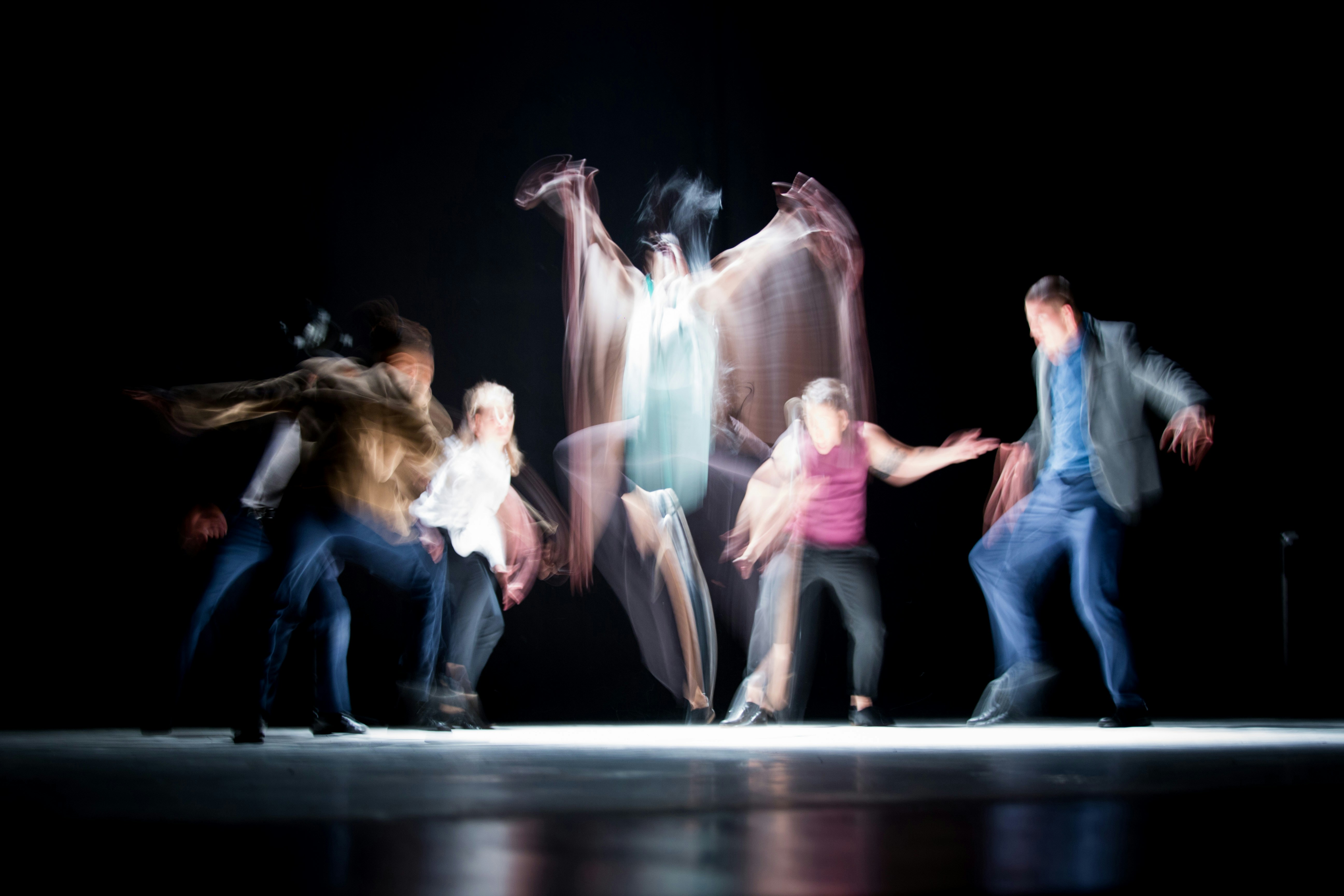Spotlighting the Conceptual Art Movement: Its Unfolding Narrative and Contemporary Influence
Revolutionary, controversial, and profoundly influential, the conceptual art movement has redefined artistic boundaries. Delve into its history, current developments, and lasting impact on the modern arts and entertainment scene.

The Genesis of Conceptual Art
Conceptual art, a radical shift from traditional art forms, first emerged in the 1960s. Artists like Joseph Kosuth and Sol LeWitt disregarded physical aesthetics, believing the idea behind the artwork held more value. This marked a significant departure from the conventional focus on beauty and form, igniting controversy and a reevaluation of what art could entail.
The Evolutionary Years: 1970s-1980s
During this era, conceptual art expanded beyond visual mediums, infiltrating music, film, and performance. Artists like John Cage and Marina Abramović produced works that were experiential, immaterial, and often ephemeral, challenging the commercial art world’s norms. Conceptual art was now not merely a style but a philosophy, with its influence felt across the entertainment industry.
The Rise of Institutional Critique
In the 90s, conceptual art took a political turn as artists like Hans Haacke and Andrea Fraser used their work to critique institutions, revealing biases and power structures. This socio-political interaction has since become an integral part of conceptual art, influencing a generation of artists and filmmakers to use their platforms for activism and commentary.
Conceptual Art in the Modern Day
Today, conceptual art continues to thrive and evolve. Artists like Damien Hirst and Tracey Emin push boundaries, incorporating unconventional materials and methods. Notably, the advent of digital technology has given birth to digital conceptual art, where artists use coding and programming to bring their ideas to life.
The Lasting Impact and Significance
The conceptual art movement’s influence permeates contemporary art and entertainment, democratizing art creation and appreciation. It encourages viewers to engage intellectually, moving beyond aesthetics to interrogate the ideas and socio-political narratives presented. Its impact is evident in multimedia installations, immersive theatre, and thought-provoking cinema.
In conclusion, the conceptual art movement continues to shape our cultural and creative landscape, pushing the boundaries of how we understand, create, and interact with art. Its legacy is a testament to the power of ideas and the evolving nature of artistic expression.




